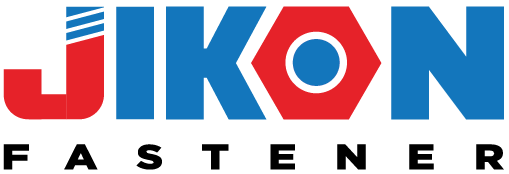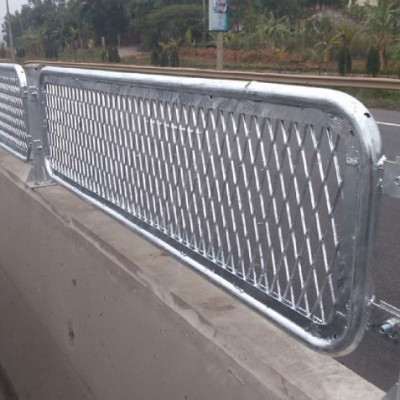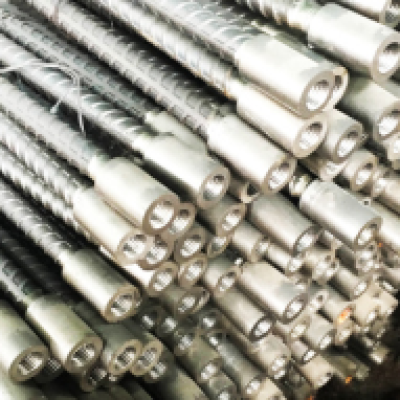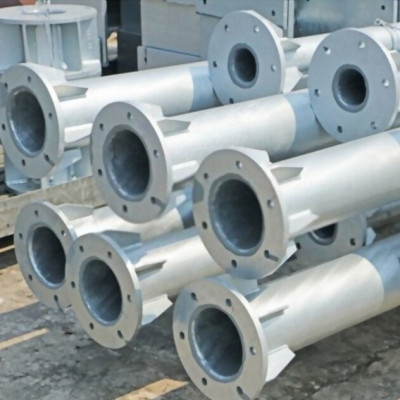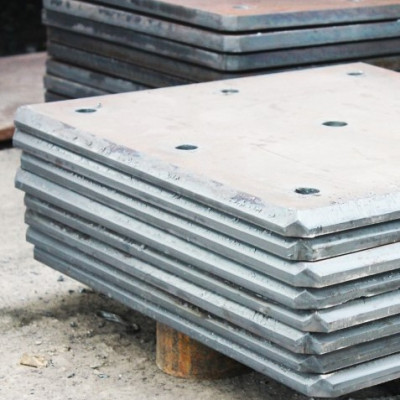What is a gusset plate? Features of Gusset plate
In construction projects, people often create beam connections using bolts, nuts, and welding. Besides, there is another type of material, which is code copy. So what is a Gusset plate, and what are its characteristics? Let's find out right after the article below.
Concept of Gusset plate
Gusset plate is also known as steel gusset plate, steel gusset plate, stair gusset plate, iron gusset plate, gravel pile (as it is called in the South), etc. A gut set plate is a steel plate welded into a square box and placed in a concrete pile head, with the effect of fusing two concrete piles during the process of pressing the pile into the ground. Or has the role of creating a fixed edge plate as an intermediary for bolts, screws, rivets, etc., creating a permanent connection between structures or supporting alignment in the design structure.
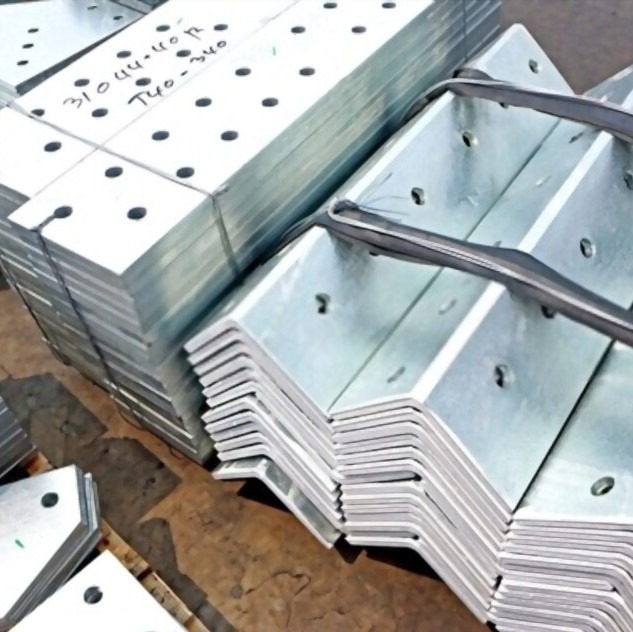
- Gusset plates are used at points of bending, joints, or discrete connections to facilitate the transfer of stress between the components involved in the connection. This enhances the connection and the load-bearing capacity between them.
- There are various methods for securing gusset plates, with the most common being through riveting, bolting, welding, or pressing.
- Gusset plates can be widely found in the connections of beam-column structures, used in the construction of foundations, bridges, high-rise buildings, and many other structures in practice.
Structure of Gusset Plates:
- The shape and structure of gusset plates are typically simple. Common gusset plates are often square, rectangular, or trapezoidal in shape, with holes punched for bolts to pass through.
- Additionally, triangular, circular, oval, or custom-shaped gusset plates can also be encountered, tailored to suit specific joint configurations and the edges of beam columns.
- In general, the shape, size, and thickness of gusset plates depend heavily on the design of the beam column, the forces and loads on the steel structure. It must contain all the welds connecting the web members and the angle between the gusset plate edge and the axis of the member should not be less than 15 degrees to ensure the transfer of forces from the member to the gusset plate.
- Therefore, in practice, the selection and design of gusset plates are carefully calculated based on a comprehensive consideration of the overall characteristics of the project, including the construction site (e.g., whether the gusset plate is used at the base of a column or for bolted connections), the environment (e.g., dry or wet conditions), the structural design, the load-bearing requirements, and more.
